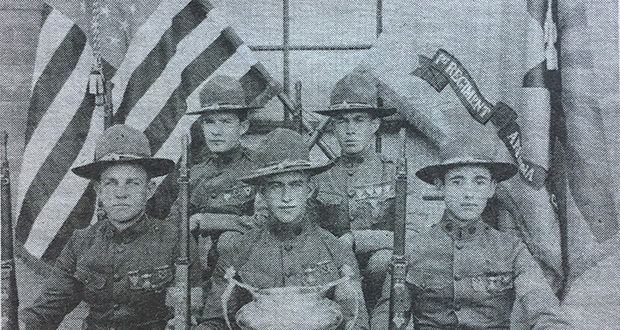Picturing the Grand Canyon
Arizona Capitol Reports Staff//May 18, 2007//[read_meter]
Jack Hiller photograph looking from atop the 3,000 foot-high cliffs of the North Rim of the Grand Canyon. Note: There is a man sitting on the edge of the cliff...
No tags for this post.

















